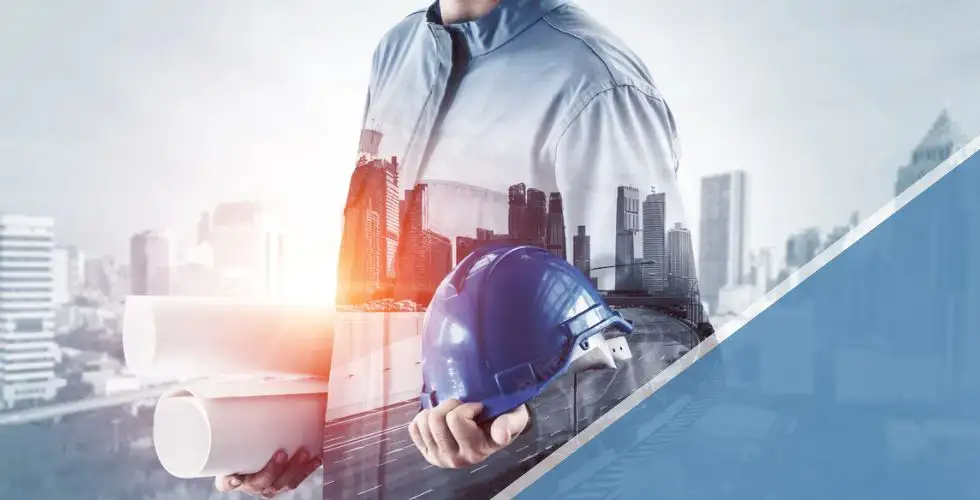In this article, you will get to differentiate between joisted masonry and frame construction. Well, in construction building processes, it is important to make the right choice between them. They are responsible for influencing structural integrity, fire resistance, and environmental impact. That is why you must be aware of the comparison between them.
However, if you are working on any masonry project and you are not experienced. You must seek professional assistance from the initial fee to the final execution. One of the major issues is budget handling, which can be resolved by hiring professional masonry estimating services! These experts provide a detailed cost breakdown of every masonry project component. This accurate analysis helps investors and contractors complete projects within budget. First, let’s dive into exploring the differences between joisted masonry and frame construction!
EXPLORE THE KEY DIFFERENCES BETWEEN JOISTED MASONRY AND FRAME CONSTRUCTION IN THIS GUIDE AND SELECT THE RIGHT ONE ACCORDING TO THE PROJECT SCOPE!
Joisted Masonry Construction
Joisted masonry construction is made up of brick, concrete, stone, or tile, which can not catch fire for one hour. Whereas, considering the floors and roof, they are constructed using combustible materials like wood.
However, this effective combination is constructed to create a balance between strength and cost-effectiveness. Hence, its main feature is to resist fire, and it is reliable to install. Moreover, the floors and roof are made up of affordable construction materials. If we look up to it, its fire-resisting power is more efficient than wooden components.
Let’s explore its pros and cons:
Pros:
- The robust masonry walls provide outstanding support and longevity.
- If you use wood for the floors and roof, then the overall construction cost is reduced.
- Masonry walls are a perfect example of resisting fire or spreading it to enhance the safety of the occupants.
- Last but not least, masonry walls also keep pests and insects out to create a healthy indoor environment.
Cons:
- The wooden materials of the roof and floor can easily catch fire, which is dangerous for the occupants.
- Plus, it is always expected that masonry walls may crack, and as a result, they require maintenance.
- The mixed materials can lead to higher insurance costs due to increased fire risk.
Frame Construction
Frame construction is all about constructing a skeleton framework of different elements, which can be made up of wood or steel. They are the foundation of the buildings that support them. After framing, the walls, floors, and the roof are attached to the frame. That is why the frame must be durable and effective for the overall building safety. As mentioned that it is made up of wood or steel studs, they also constructed with materials like drywall or siding attached to the frame.
However, the investors and contractors can achieve different architectural designs with its help. Frame construction is easier to process and quicker to install.
Now, let’s see what the pros and cons of frame construction are:
Pros:
- Frame construction is highly cost-effective because of the use of affordable construction materials.
- In case of expansion or modification, frame construction is flexible to achieve various styles.
- If the investors use pre-fabricated components, then the overall construction process is also reduced.
- To achieve enhanced energy efficiency, frame construction is the most suitable for modern insulation techniques.
Cons:
- As mentioned earlier, wooden materials quickly catch fire, which requires additional fireproofing measures.
- It may easily catch pests, rot, and moisture damage, which overall damages the building’s durability.
- This type of construction often demands frequent maintenance as compared to masonry construction.
- The investors who are occupants will have to pay more insurance fees due to the higher fire risk!
Insurance Considerations
Insurances are influenced by the type of construction and the risk associated with it!
Considering joisted masonry buildings, they have less expensive coverage due to fire-resistant masonry walls.
Whereas frame constructions, which are made from wood and catch fire easily, have higher insurance costs.
Various factors are considered while deciding the insurance by the Insurers:
- Fire resistance
- Structural integrity
- Susceptibility
So, whether you need to install joisted masonry or frame construction, you can outsource a reliable Estimating firm for flawless project management!
CONTACT OUR ESTIMATING EXPERTS FOR ACCURATE COST PROJECTIONS FROM MASONRY, FRAMING, TO INSURANCE!
Conclusion
In short, choosing between joisted masonry and frame construction depends on several factors. Hopefully, now you understand the factors after reading the article. So, whatever budget, design preferences, and environmental considerations are, choose the right one! Both have their own sets of features, which mainly depend on the location of your building. But, in the end, it’s always recommended to seek professional assistance to prevent mistakes and to meet long-term goals!

